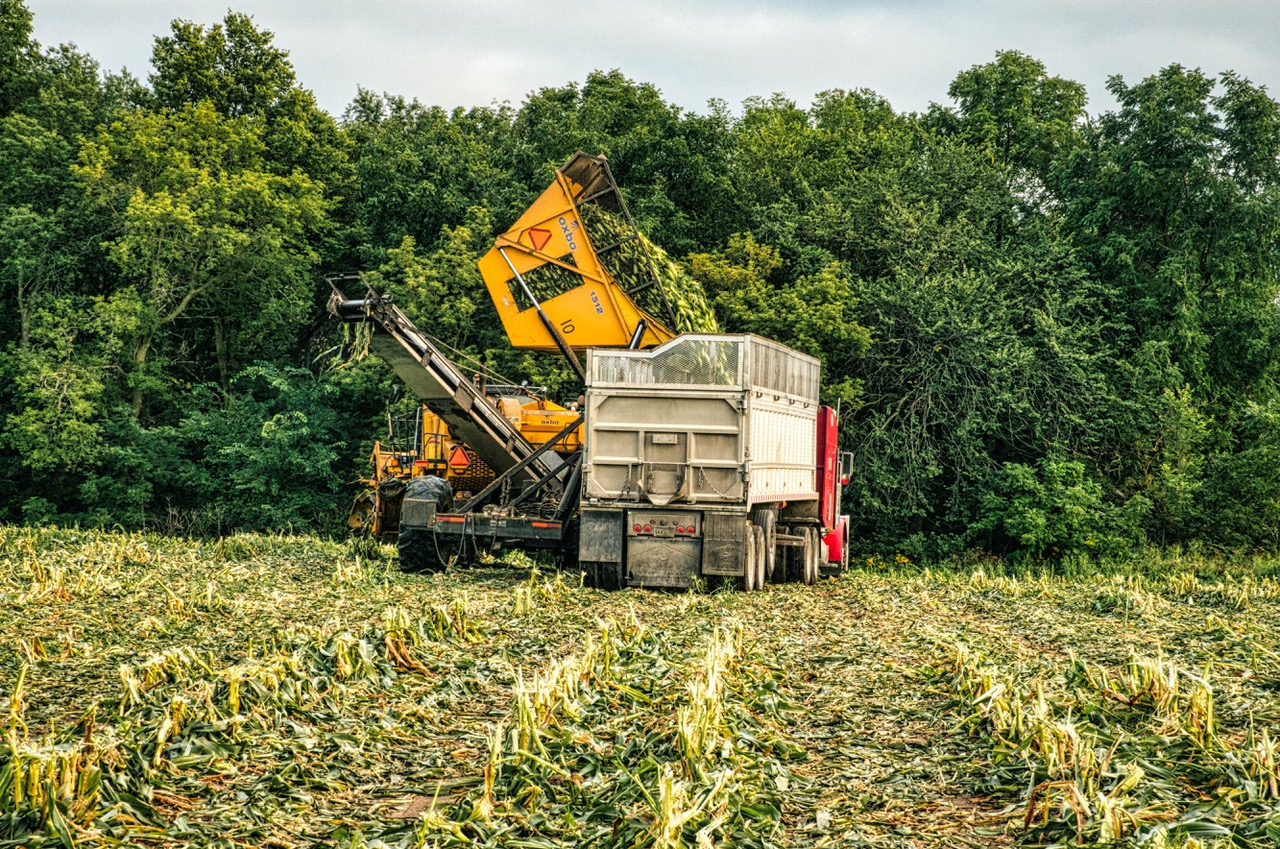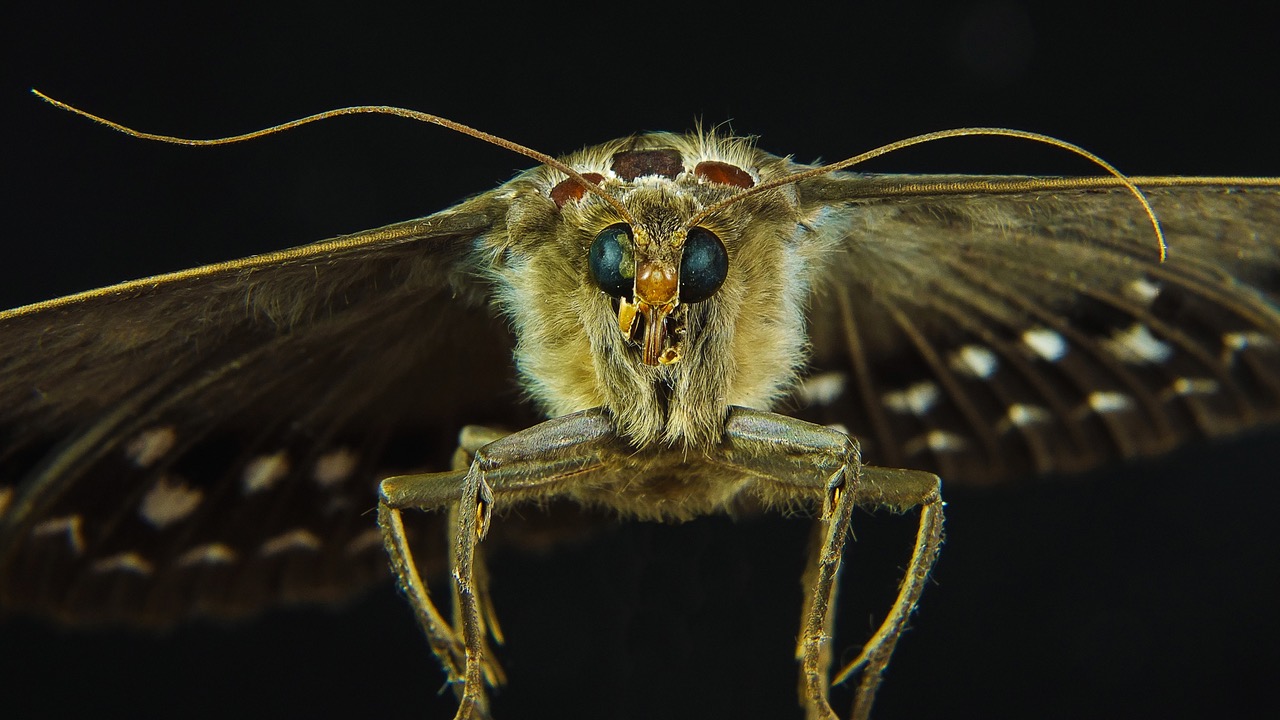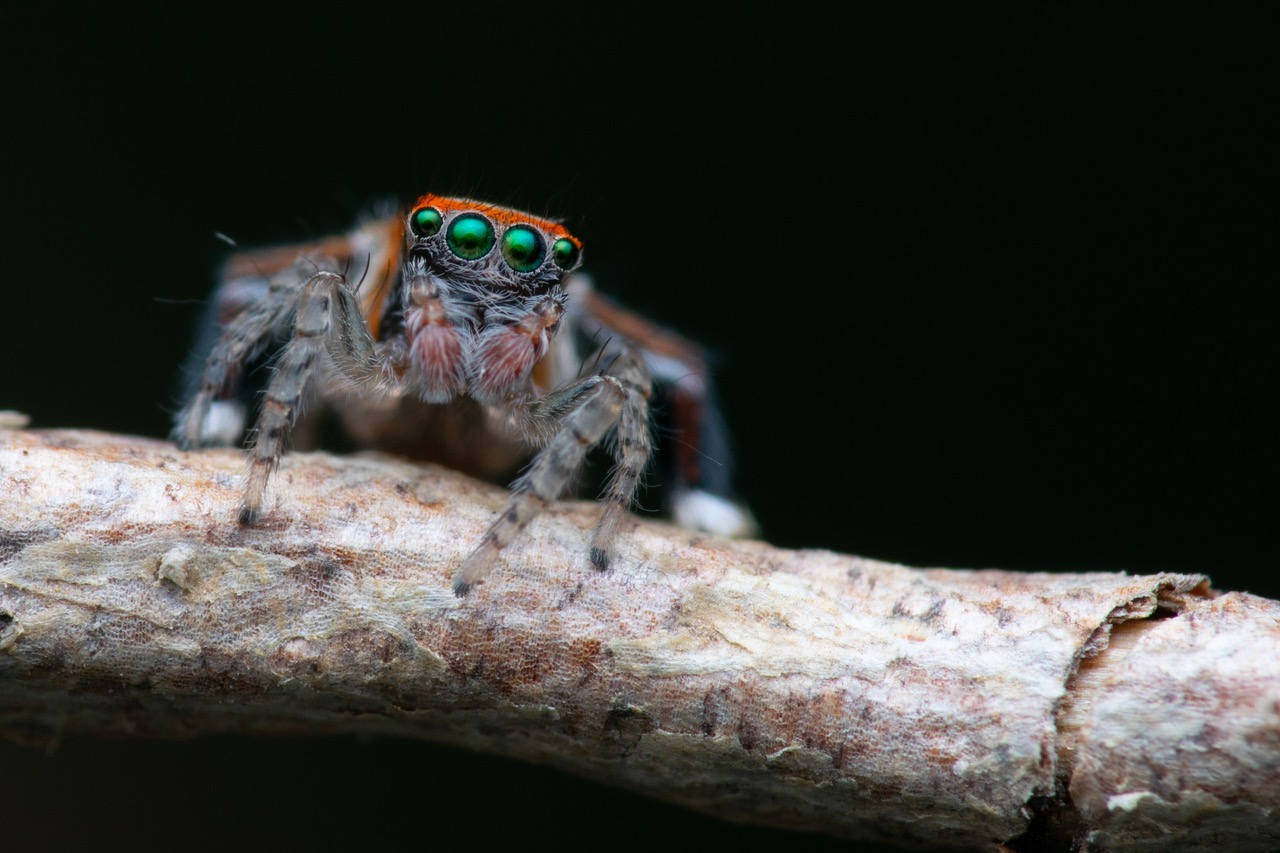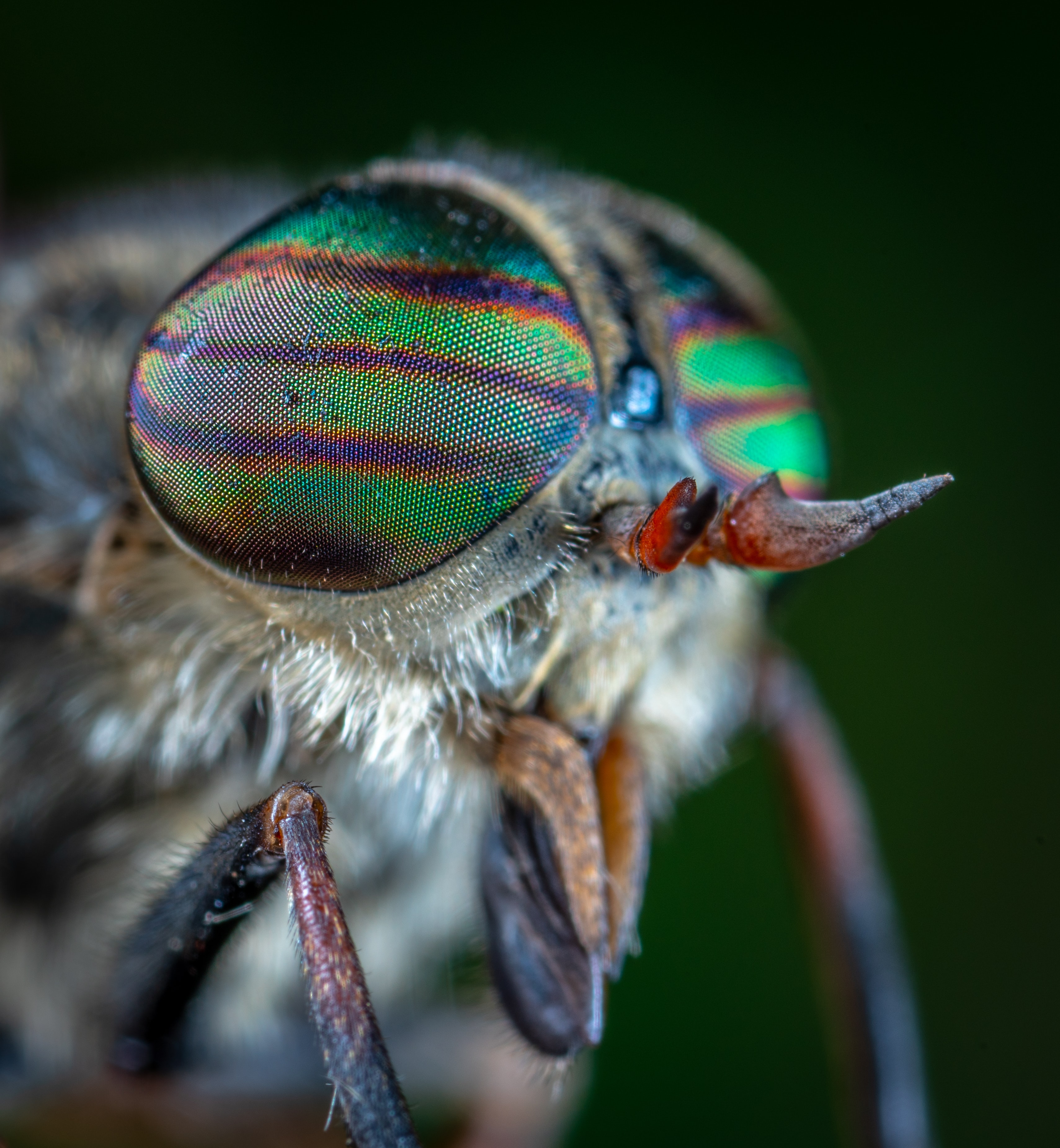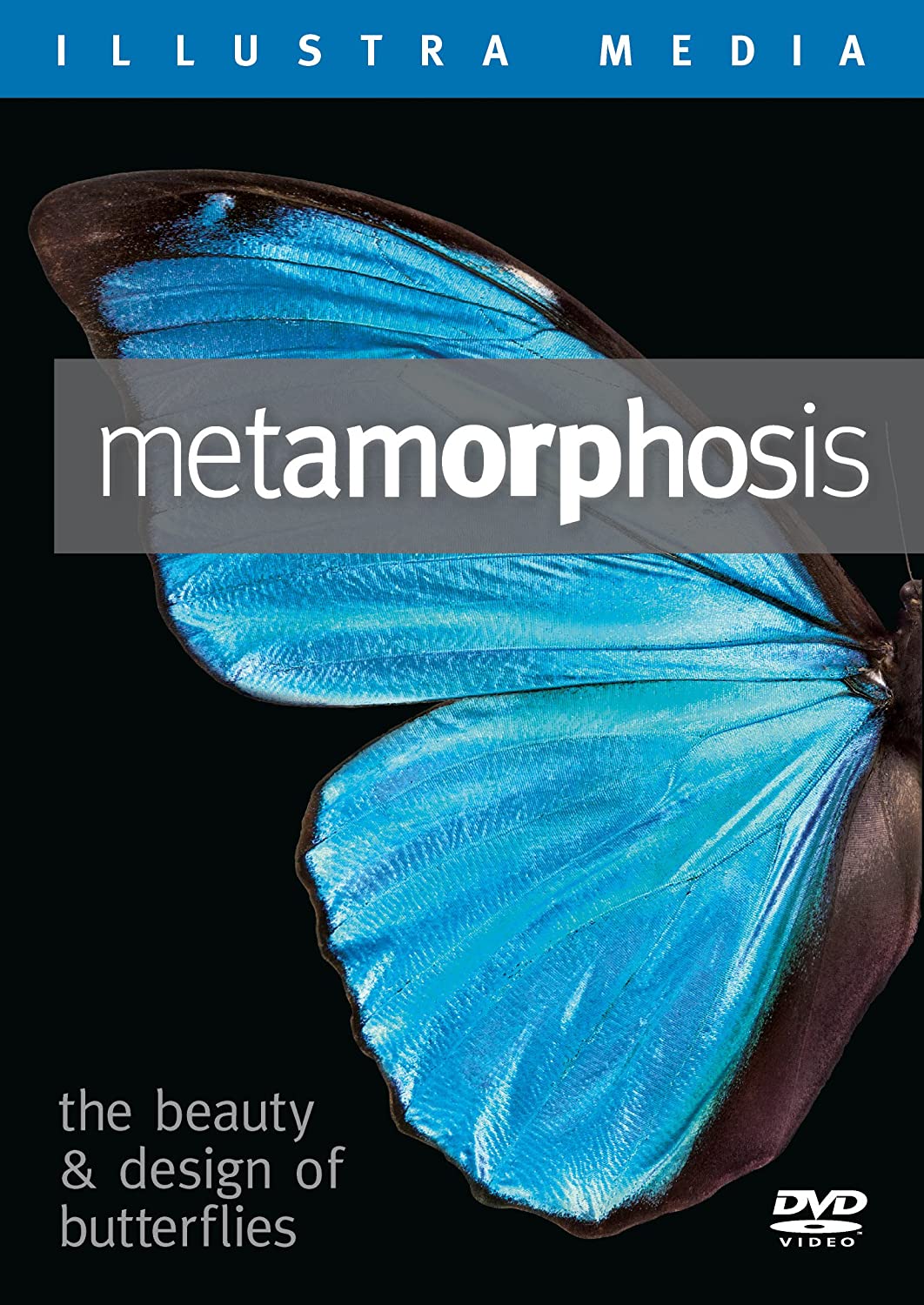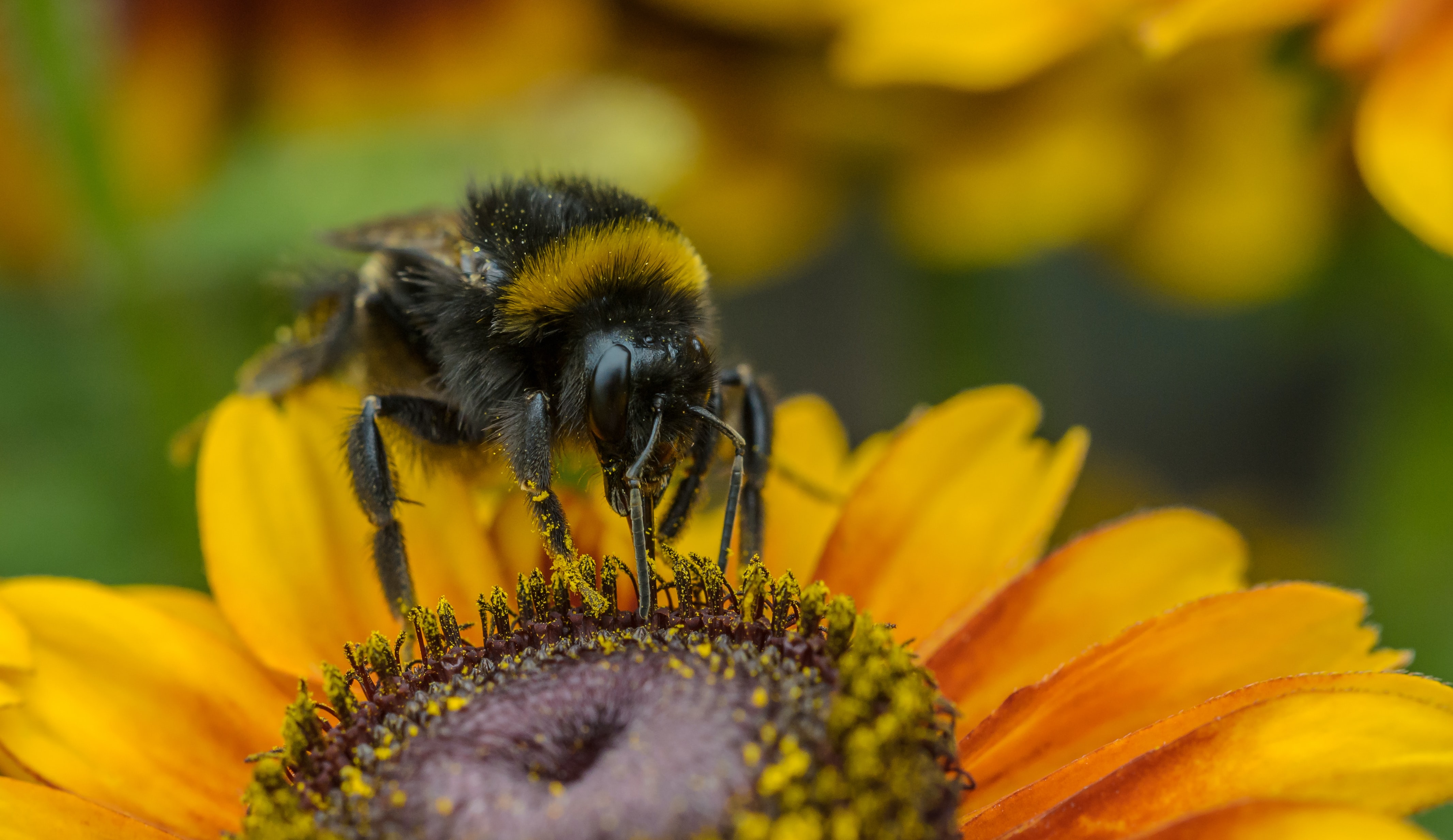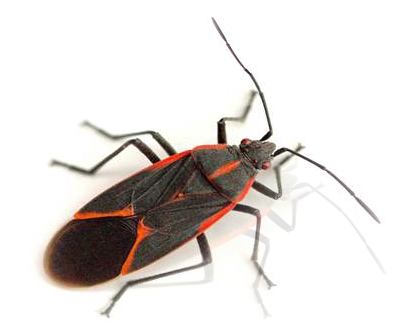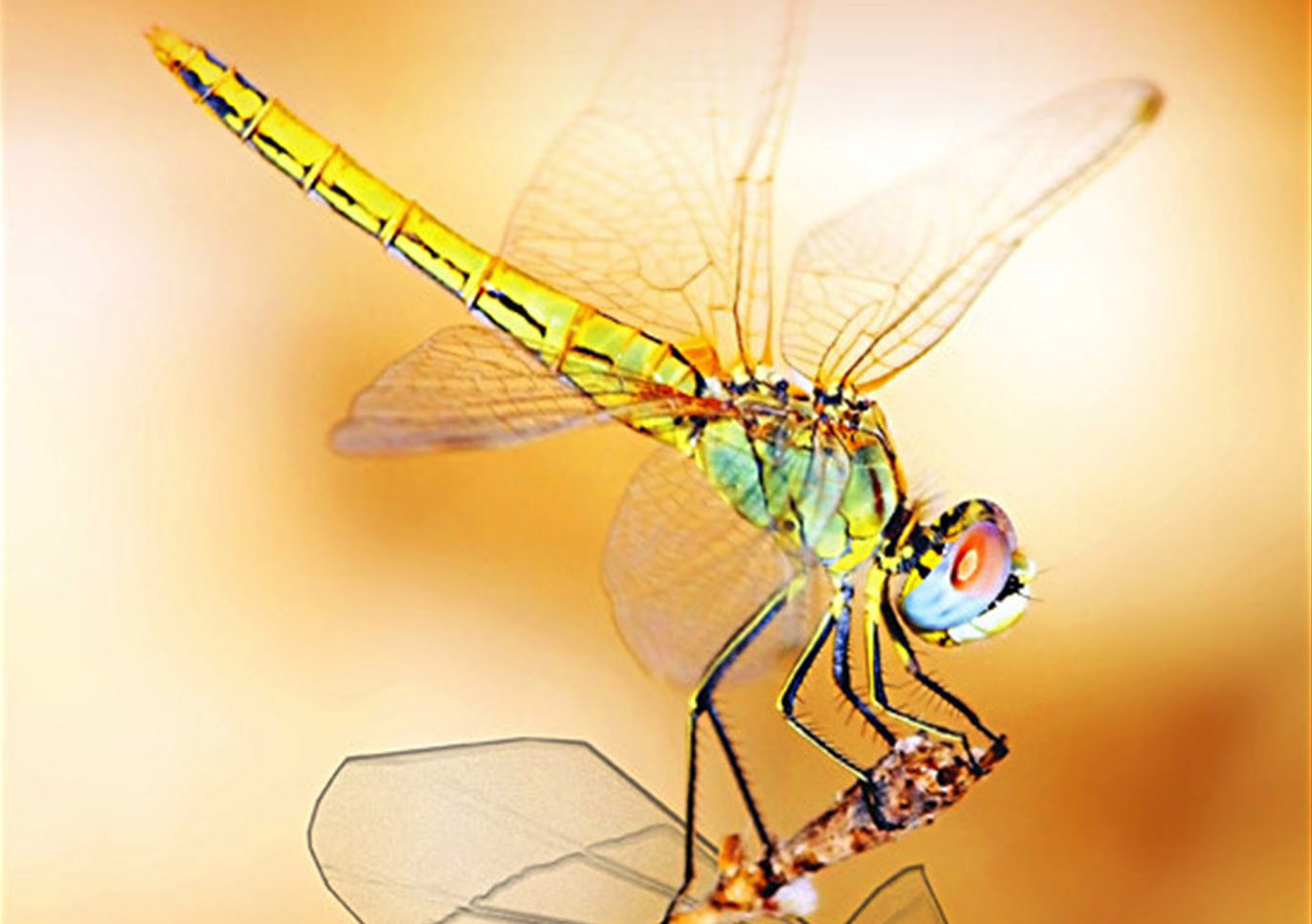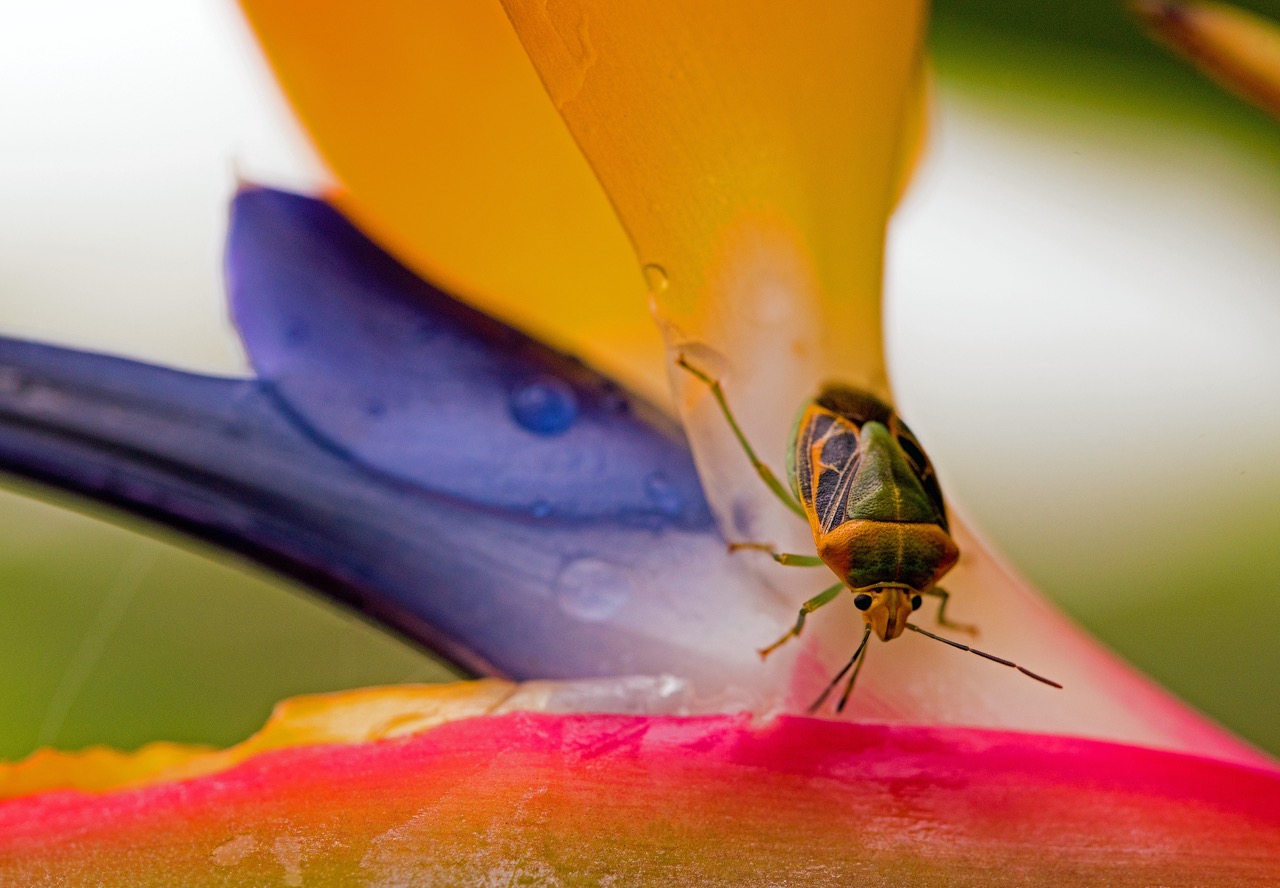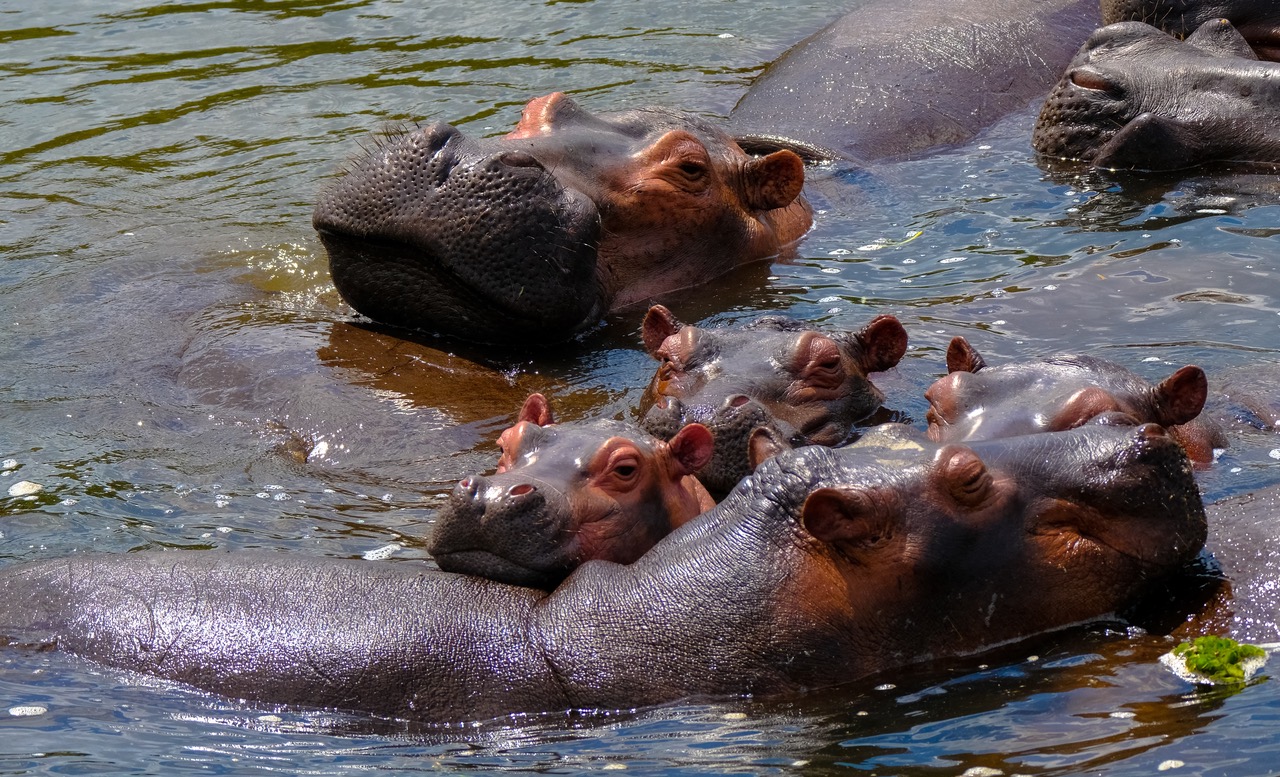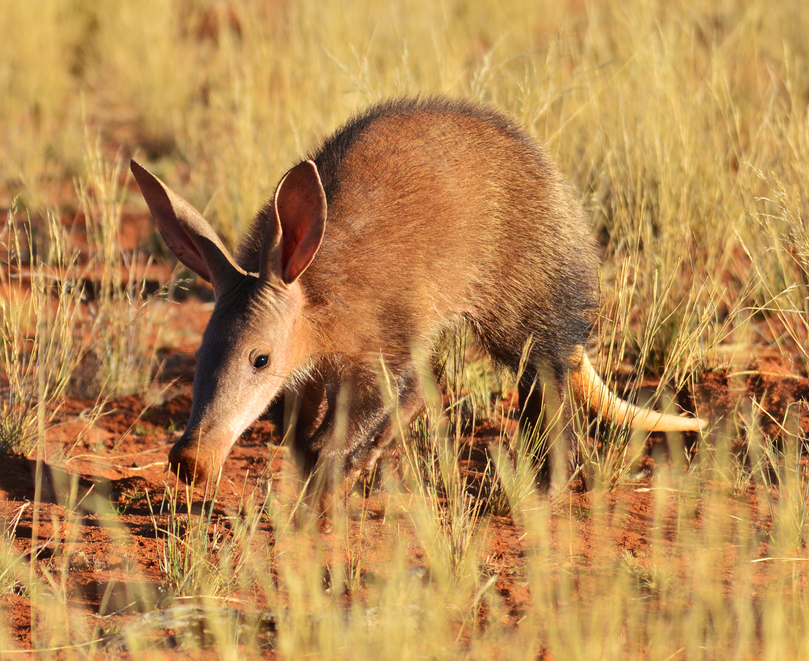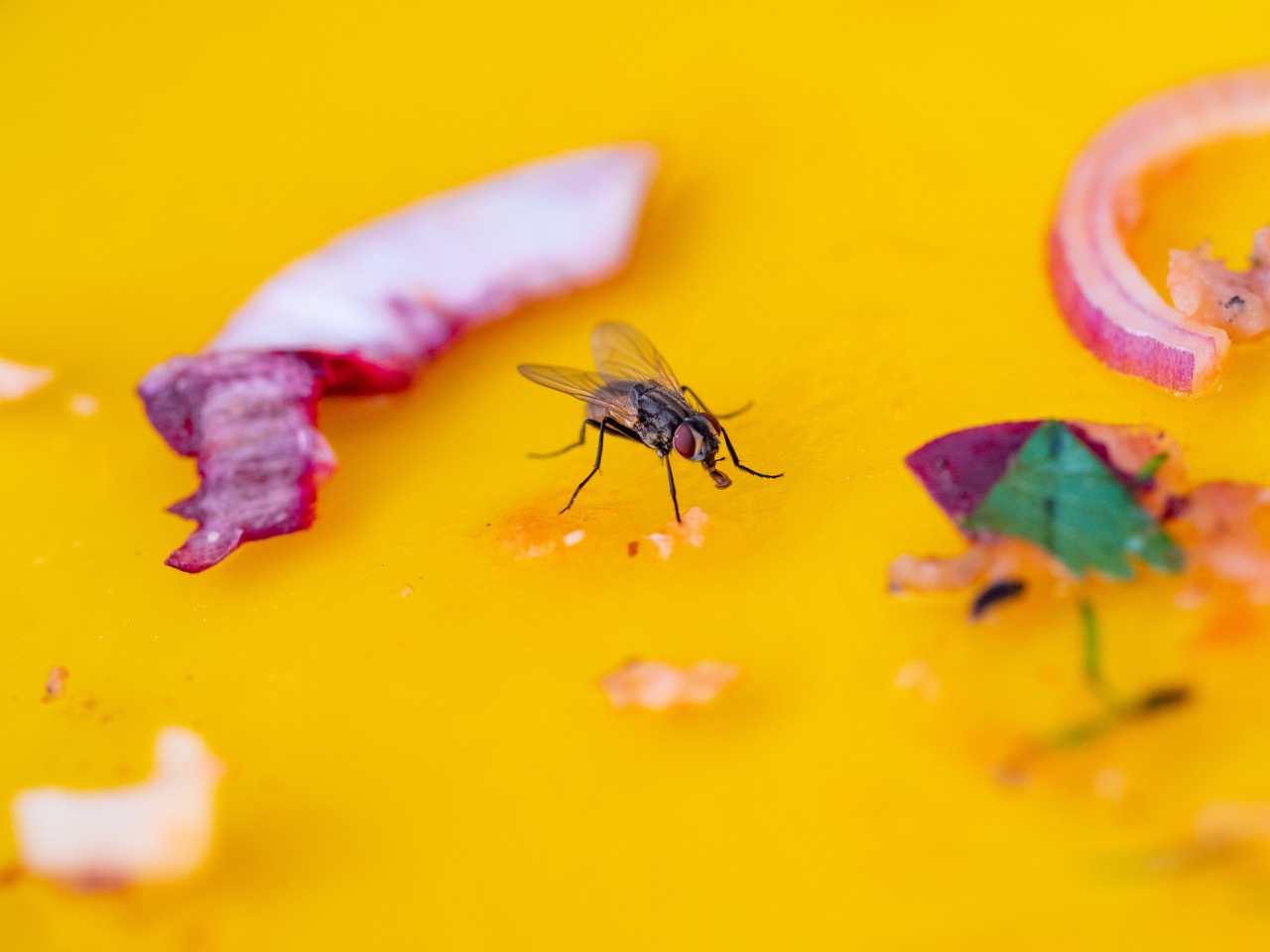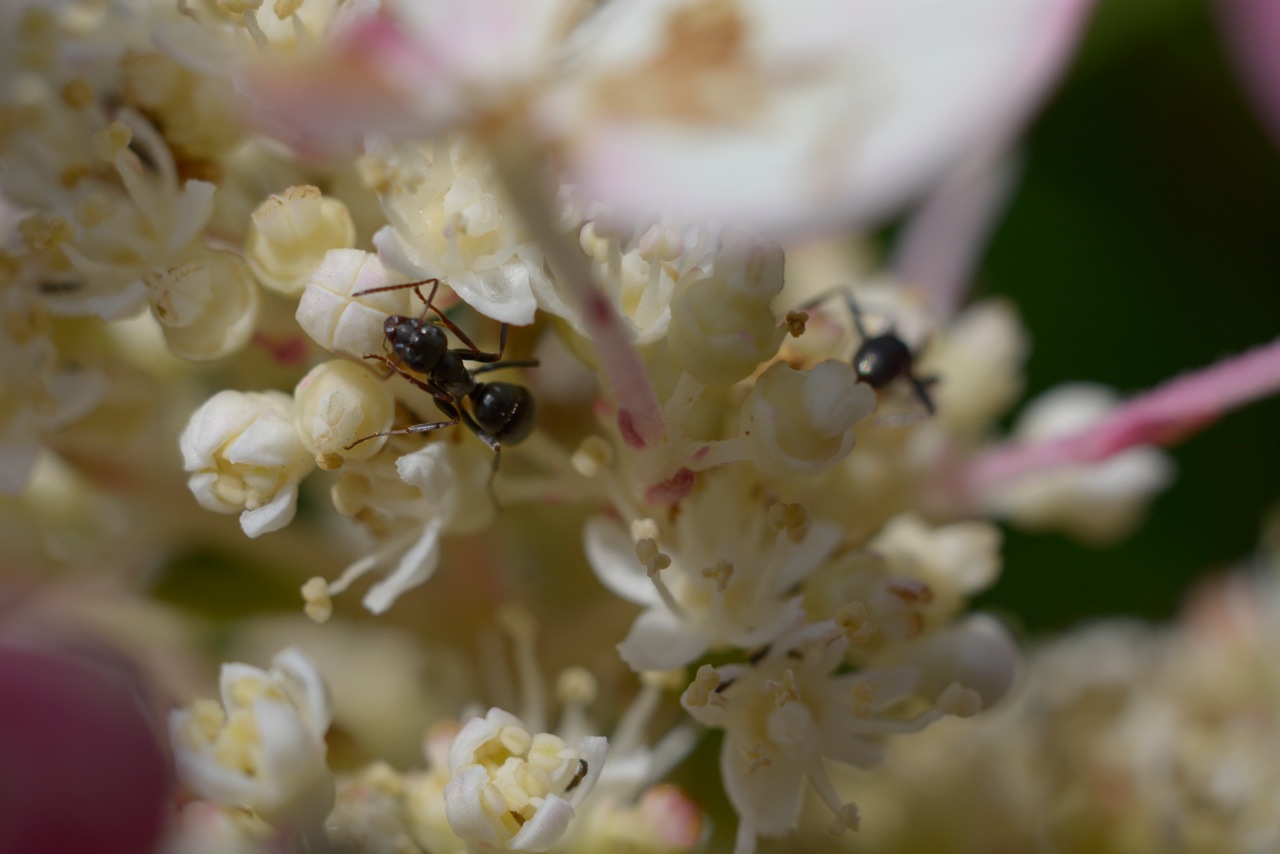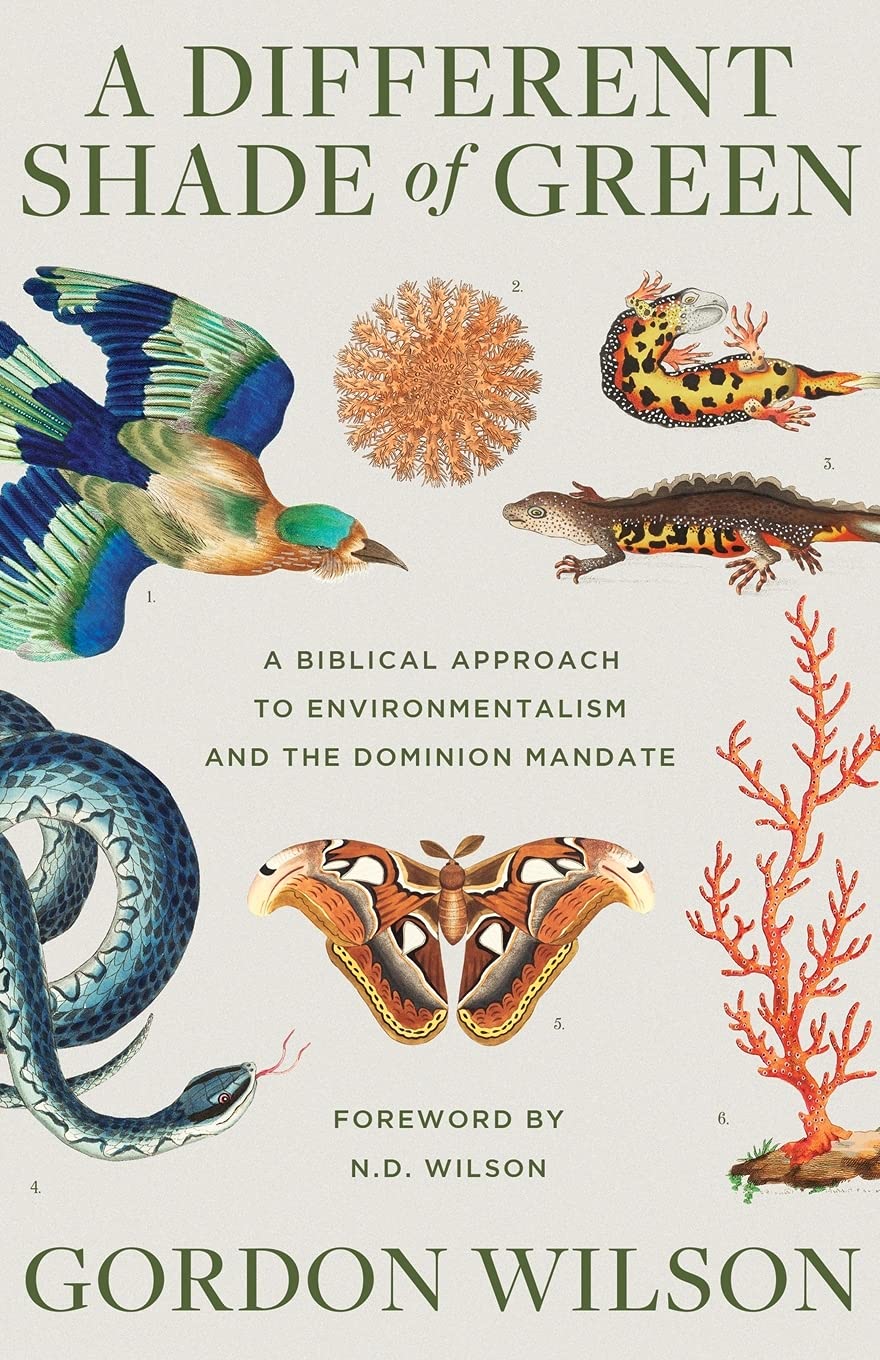Articles » Insects
As Christians, we understand that people from earliest times have made their living from farming. Cain and Abel, for example, had crops and herds. The patriarchs Abraham, Isaac and Jacob had huge flocks of sheep, goats, cattle, donkeys and camels. Such flocks needed large areas of pasture for grazing. Also in Isaiah 28: 24-25 we read about farmers sowing crops of dill, cumin, barley and wheat. These farmers ploughed and sowed seeds. Nobody suggested that they should leave nature undisturbed. Farmers in New Testament times also ploughed the land and sowed seed. Agriculture has always been regarded as a good thing. At the present time however, agriculture has become somewhat controversial.
Read the rest of this entry »Insects! Some people give them a wide berth on principle. Nasty, creepy, crawly flying things! Even the magnificent giant moths elicit only screams from some people. But the insects under discussion are guaranteed to cause no such sensation. Initial disbelief, amazement, titillation and delight are the sensations to be expected from an encounter with these exotic “bugs”.
Among the insects, at least 800,000 species have been described. One would expect plenty of variety in life-style and shape within a class this big. Indeed, this is the case. Articles on insects are always well illustrated with exotic beetles, flies and butterflies. Among these, cicadas represent an insect family which is seldom discussed on the prairies for the simple reason they do not live there. But in eastern and central Canada and in the United States (except the northwest quarter of the country) summers in woodlands reverberate with the loud clatter, clatter of male cicadas’ courtship calls.
Read the rest of this entry »The ubiquitous spiders are the unsung friends of humans. Although spiders are widely feared, very few species are dangerous to people. Spiders bite humans only in self-defense, and unless you are allergic to the venom, few spider bites cause stinging worse than a mosquito bite or even a bee-sting (Vetter, 2008). Spiders feed on our most-common indoor pests, including roaches, mosquitoes, flies, and moths. Only one type is a herbivore, the rest are carnivores. An estimated up-to-800-million tons of insect prey are annually consumed by the spider community, reducing the need for dangerous pesticides (Nyffeler and Birkhofer, 2017). Read the rest of this entry »
I remember hearing a biologist from Bristol in England. He was talking about his studies on diatoms (algae with glass walls). He described how he set out to study the activities of these cells on the nearby seashore. To collect the diatoms, he said, he used English toilet paper which was scratchy and impervious to water. The English students laughed uproariously at this. The Canadians, sitting straight-faced, did not realize this was a joke! At any rate what he found was that the algae emerged from below the sand surface during low tide in the day, but they then moved back under the sand before the tides returned at a different time every day. This is the kind of timekeeping ability in organisms that biologists were beginning to study. There were studies on people living alone in dark caves, studies on algae that glow in the dark, and fruit flies that emerge from the pupa at a certain time of day. How do they keep track of time? Read the rest of this entry »
It was a surprise to read in the September 17 issue of Nature1 that fruit flies have some interesting things to teach us in the field of technological applications of extremely thin protective coatings.
For this story, we focus on their beautiful red eyes. Like all insects, fruit flies have compound eyes consisting of multiple miniature light receptors which focus on one spot at the back of the eye. We immediately notice that these compound eyes tend to bulge outward, or at least they are highly exposed. There are no eyelids to protect them from damage and/or to protect them from glare. It was back in the 1960s and 1970s that biologists began to notice that insect eyes seem to have some protection after all. Depending upon the lifestyle of the insect, their eyes seem to have anti-reflective or anti-adhesive protection. An anti-reflective coating allows more light to be transmitted through a transparent layer than would normally occur. And an anti-adhesion coating repels water from such a surface. Read the rest of this entry »
One family, with one child in high school, one in junior high and one in elementary school, were going to start with just one video clip from Michael Behe. The idea was, like the thin edge of the wedge, to first catch their attention. But everyone was so intrigued, that they watched all five episodes in one sitting! Read the rest of this entry »
An interesting article appeared recently in the journal Science that suggested that bumble bees have solved a problem that plant physiologists have been working on for one hundred years! It was in 1920 that plant physiologists Wightman W. Garner (1875-1956) and Harry A. Allard (1880-1963), while working with tobacco and flowering cosmos, discovered that the correct length of day is essential for the onset of flowering in these plants. They named the phenomenon “photoperiodism,” and it is an extremely important control on the beginning of the flowering process in many plants. Read the rest of this entry »
A careful examination of objects by both telescopes and microscopes reveals a major contrast between human-constructed objects and those designed by the Creator. Human made objects, such as a watch, reveal more imperfections as the magnification by which they are viewed is increased. An old-fashioned gear watch is an object of beauty when viewed by the naked eye. Under the microscope, though, the flaws in the machining process become more apparent until, under high power, a watch looks not only imperfect, but crude.
In contrast, increasing magnification of the natural world reveals new detail and perfection. Read the rest of this entry »
Book Review – Inspiration from Creation: How engineers are copying God’s designs
Some years ago, I remember meeting a lady who was very excited at the realization that God is an artist! Similarly, I am very excited about a new book that portrays God as an amazing engineer. The lead author is engineer of exceptional experience and honours, yet he admits that mankind’s skills in engineering practical devices are woefully lacking compared to what we see in nature. Read the rest of this entry »
Order OnlineInsects! Some people give them a wide berth on principle. Nasty, creepy, crawly flying things! Even the magnificent giant moths elicit only screams from some people. But the insects under discussion are guaranteed to cause no such sensation. Initial disbelief, amazement, titillation and delight are the sensations to be expected from an encounter with these exotic ‘bugs’. Read the rest of this entry »
A friend, a while ago, articulated some possible critical arguments concerning advocacy for young earth creation which are based on observations from nature. Here are some reflections on that conversation. Read the rest of this entry »
Aardvarks (Aard-Vark, Dutch for “earth-pig”), are one-of-a-kind animals, one of the strangest mammals you will ever encounter. They have a body like a large rat, a long snout like an ant eater, a pig nose, long ears like a rabbit, pink skin with coarse hair like a pig (but in contrast to pigs, aardvarks have very thick skin and lack a fat layer), short legs, feet like a pig and a long thin tail that resembles a kangaroo’s tail (Hutchins, 2004, p. 155). Their barrel-shaped body weighs between 100 and 180 pounds (50 to 83 kg). The greatly elongated head-snout is set on a short thick neck. The tail is thick at the base and gradually tapers. So strange was it that, when described to European naturalists, many doubted its reality (Catchpoole, 2014, p. 28). Read the rest of this entry »
Biologists tell us that the ability to detect and identify odours is perhaps the most important sense that animals need to survive. By means of odour detection, insects locate food, avoid toxins and predators, and communicate with others of their own species. Their sense of smell is located mainly in their antennae.
One insect that is particularly talented in many respects, is none other than the famous fruit fly. For example, these red-eyed beauties exhibit extremely good abilities to find rotting fruit. Because fruit flies are easy to culture, biologists first studied odour detecting talents in these creatures. The study was expected to be interesting but scarcely earth-shattering. But guess what! Drosophila (fruit fly) was the tip of the iceberg to reveal that insects exhibit odour detecting abilities that are highly unusual and a major problem for evolutionary expectations. Since then similar studies have been conducted on moths, beetles, other flies, cockroaches and social insects. Read the rest of this entry »
The 2017 award of the Nobel Prize in physiology and medicine to three Americans, Michael Rosbash, Jeffrey Hall and Michael Young, has served to stimulate our interest in a phenomenon that is actually well-known. We all know why people get hungry about the same time of day, or wake up about the same time, or suffer from jet-lag. It is because of biological clocks. So what was so special about the work of these three scientists? The story actually goes back to 1729! Read the rest of this entry »
Even in Alberta, there are many crops which we could choose to grow in our gardens. Do you like perennial flowers? Lots of people grow a wide variety of such plants, but maintaining them involves a constant battle with weeds. Others choose edible plants to grow. These may also be artistic, as in some cabbages or large areas planted with lettuce, or string beans. Humming birds love the bright red string bean flowers, so the garden can serve several uses. Other people choose plants that taste good but are not particularly attractive to look at (potatoes for example). Read the rest of this entry »


